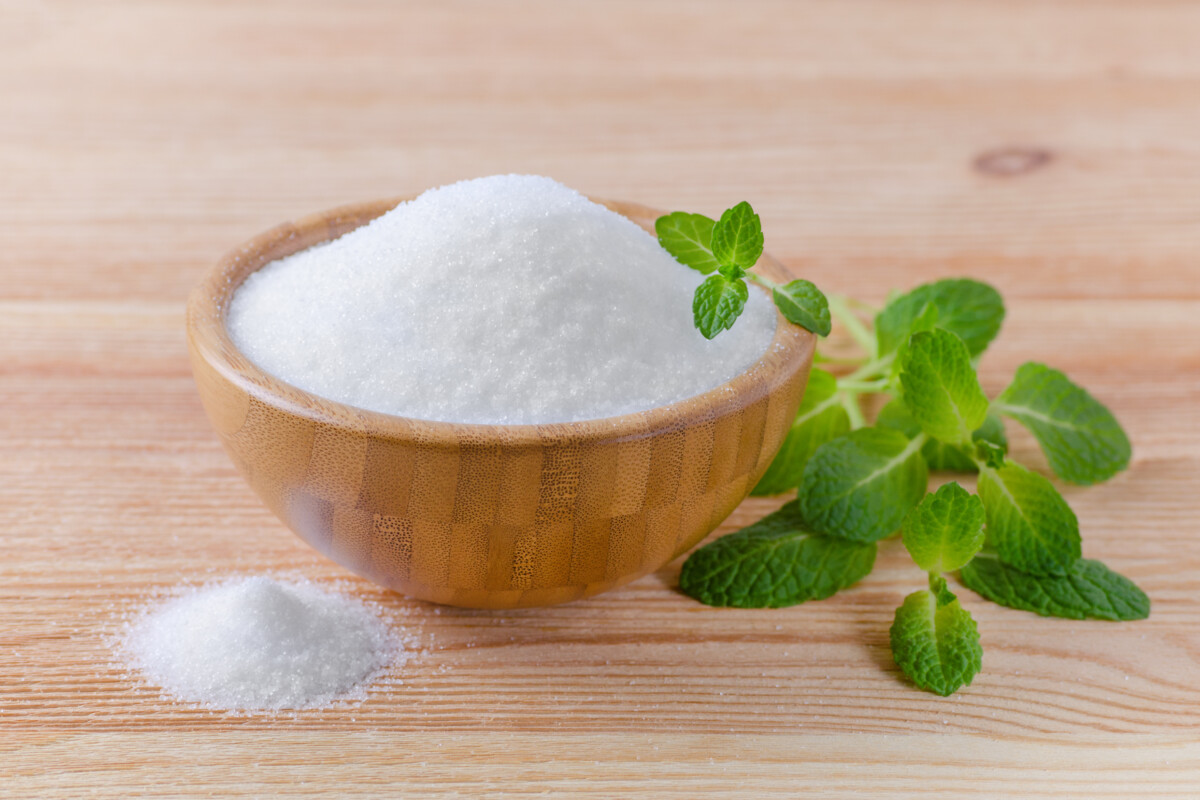Low-Glycemic Sweeteners for Diabetic Foodies

Finding out you have diabetes doesn’t suddenly give you a taste for all things low-carb. It also doesn’t remove your craving for treats. In fact, if you have diabetes, chances are your taste for treats is pretty highly developed.
If you tell yourself that having diabetes means you have to deny yourself all your favorite treats “forever and always”, sooner or later your control is going to slip. The more it slips, the harder it’s going to be to regain. If your diabetic diet makes your life too hard, you may begin to care less and less about the consequences of ignoring it altogether. This can be an unfortunate shortcut to disability and even to death.
Fortunately, modern grocery stores have over 39,500 items, on average. This gives diabetics many options to choose from when planning a healthy new diet. There are also plentiful sources of diabetic recipes, including cookbooks, blogs, magazines and websites. Over the course of 2020, in our website and on Facebook, Rush Memorial Hospital is going to explore some of the culinary options for those struggling to adapt to a diabetic lifestyle.
Our focus will be on foods containing ingredients that do not cause a spike or sharp increase in blood sugar when eaten in moderation. These foods are made with “low glycemic index” ingredients, meaning that these ingredients, and the foods made with them, are metabolized more slowly by the body. They produce a slow and steady rise in blood sugar, one that resembles a gentle hill rather than a sharp peak that rises and plunges like a roller coaster ride. A healthy diabetic diet should create blood sugar levels that are “roller coaster” proof.
Although desserts are usually last on the menu, for many diabetics, they are at the top of the list of priorities. Therefore, we will begin with desserts.
Desserts have one thing in common. They are all sweet. Fortunately, foods no longer have to contain sugar in order to be sweet. This is good news, since adjusting to a diabetic lifestyle is difficult enough without having to give up sweets.
There are several groups of diabetic friendly sweeteners, including sugar alcohols, stevia and monk fruit.
Sugar Alcohols
There are several sugar alcohols on the market, including sorbitol, erythritol and xylitol.
Sugar alcohols occur naturally in some fruits and vegetables. Commercially they are made from other sugars and starches. Sugar alcohols are less sweet than sugar and do not cause tooth decay. They do contain some carbohydrates and can raise blood sugar to a certain extent, however, they are low on the glycemic index. As noted above, this doesn’t mean that sugar alcohols don’t raise blood sugar levels at all. It just means that they will require a larger amount in order to do so, and the levels will rise more slowly. Sugar alcohols are also not calorie free. They have between 1.3 and three calories per gram. Sugar has 4 calories per gram.
In spite of their name, sugar alcohols do not contain alcohol. Eating large amounts of some sugar alcohols can cause bloating or diarrhea.
If you plan on cooking with sugar alcohols, xylitol is the best option. It can be found in concentrations that allow you to use it as a sugar substitute without having to adjust the recipe.
Stevia
Stevia comes in two general types, the whole leaf type that you can grow in your garden, and the highly refined type you can buy at the grocery store. Both of them taste sweet, but store-bought stevia is much more concentrated. It frequently contains additives, such as sugar alcohols or dextrose, a form of glucose. Most store-bought stevia is actually a stevia extract known as Reb-A.
Unlike sugar alcohols, pure stevia doesn’t contain any calories. This may not be true of additives found in stevia products, so read labels with caution and remember that even a low glycemic index food can have a significant cumulative effect on blood sugar if you eat too much.
As with all herbs, stevia has its own taste. It is said to resemble a weak and slightly bitter licorice flavor.
While store bought stevia has been tested for safety in pregnancy, whole-leaf stevia has not. If you plan on growing your own, keep this in mind.
Since stevia is 200 times sweeter than sugar, regular dessert recipes have to be adjusted for its use. When first entering the world of diabetic cooking, try to use dessert recipes specifically created for stevia. After you find some great recipes created by professionals, you can begin experimenting with your own personal recipes.
Monk Fruit
Monk fruit sweetener is a low glycemic sweetener made from dried monk fruit, a small, green melon that is grown in southern China. There are no known side effects of monk fruit and the aftertaste is considered to be less noticeable than that of other non-sucrose and non-fructose sweeteners.
Monk fruit is 150 to 250 times sweeter than sugar, so it should be used sparingly. As when cooking with stevia, it’s recommended to try a few recipes designed for this ingredient before attempting to adapt an existing sugar-sweetened recipe. Some people have an allergy to monk fruit. An allergic reaction is more likely for people who are allergic to other gourds, such as pumpkins, squash or cucumbers.
